In the metal fabrication and manufacturing sectors, cutting accuracy and operational flexibility are paramount. The vertical metal band sawing machine has steadily gained recognition as an indispensable tool for precision metal cutting. Its unique design and operational advantages make it a choice for many workshops and production lines focused on high-quality results and efficient material processing.
Understanding the Vertical Metal Band Sawing Machine
A vertical metal band sawing machine differs from its horizontal counterpart primarily in the orientation of its blade. The blade is positioned vertically, moving downwards through the workpiece which is clamped in place. This vertical motion offers certain ergonomic and functional advantages, especially when working with irregular or bulky metal pieces.
The machine typically consists of a sturdy frame, a continuous loop blade made of high-speed steel or bi-metal, adjustable guides, and a powerful motor. Its design allows for both straight and angled cuts, with variable speed settings to accommodate different types of metals and thicknesses.
Key Features and Benefits
Several features make the vertical metal band sawing machine particularly valuable across various metalworking applications:
Space Efficiency: The vertical configuration often requires less floor space than horizontal machines, making it ideal for smaller workshops or crowded factory floors.
Versatile Cutting Angles: The ability to tilt the blade or workpiece enables angled or miter cuts, expanding the range of possible cutting operations.
Ease of Material Handling: Vertical band saws allow gravity-assisted feeding, simplifying the clamping and handling of large or heavy metal sections.
Precision and Clean Cuts: The downward cutting action combined with steady clamping blade deflection, resulting in precise and smooth cuts with burrs.
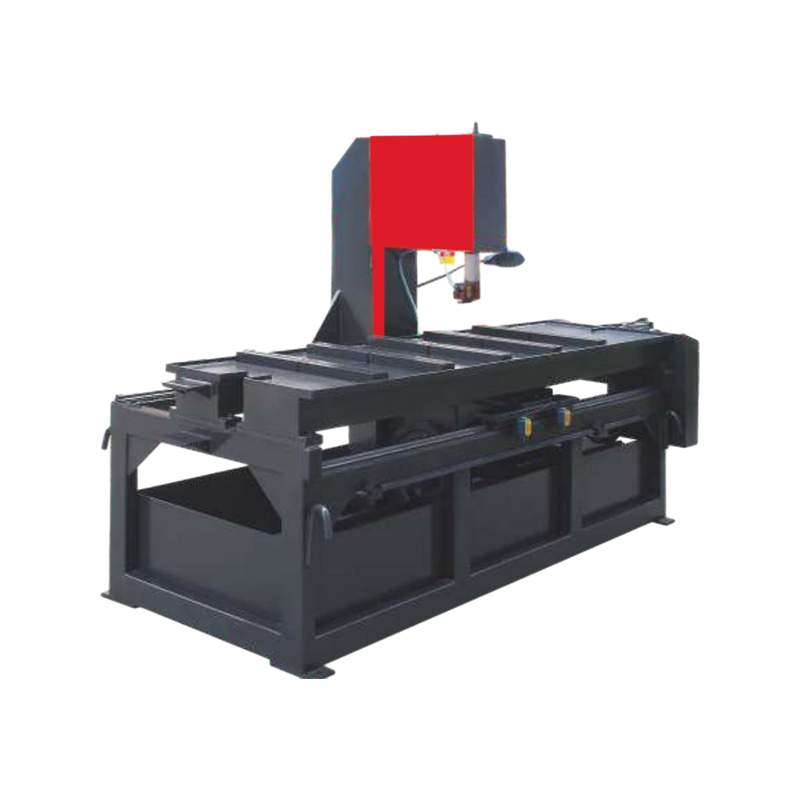
Adjustable Speeds: Variable speed controls accommodate a variety of metals, from soft aluminum to hardened steel, optimizing cut quality and blade life.
Industry Applications
Vertical metal band sawing machines find use across a diverse array of industries:
Custom Metal Fabrication: Ideal for producing specialized parts with complex angles or shapes, often required in prototype development or small-batch production.
Tool and Die Shops: Precision cuts are critical in making dies and molds; vertical band saws provide the accuracy needed.
Automotive and Aerospace: Used for cutting metal sections where precise angles and finishes are necessary, particularly in assembling frames and components.
Construction and Structural Fabrication: Cutting rebar, steel plates, and pipes at precise angles for fitting and welding.
Maintenance and Repair Operations (MRO): The versatility and space-saving design make vertical band saws common in maintenance workshops for on-the-spot metal cutting needs.
Maintenance: Ensuring Performance
Regular maintenance is essential to sustain the performance and extend the service life of vertical metal band sawing machines. Key maintenance steps include:
Blade Inspection and Replacement: Frequent examination of the blade for dullness, cracks, or missing teeth prevents poor cuts and potential machine damage. Replace or sharpen blades promptly.
Proper Blade Tensioning: Ensuring the blade tension matches manufacturer recommendations avoids blade slippage and improves cut consistency.
Guide and Bearing Checks: Inspect and lubricate guide rollers and bearings to maintain smooth blade tracking and reduce wear.
Coolant System Upkeep: Keep coolant levels adequate and ensure the coolant delivery system is clean to prevent overheating and maintain blade sharpness.
Cleaning: Remove metal chips and debris regularly to prevent buildup that can impair machine function or safety.
Safety Feature Testing: Test emergency stops, guards, and switches regularly to ensure operator protection.
Technological Innovations Enhancing Vertical Band Saws
As manufacturing technologies advance, vertical metal band sawing machines have incorporated several innovations:
CNC Controls: Computerized control systems enable automation of cutting angles, feed rates, and blade speeds, enhancing repeatability and reducing operator error.
Smart Sensors: Sensors monitor blade tension, motor load, and vibration, providing real-time data to anticipate maintenance needs and avoid unexpected breakdowns.
Improved Blade Materials: Use of carbide-tipped or coated blades increases durability and cutting speed.
Enhanced Ergonomics: Adjustable work tables, better control interfaces, and safety interlocks improve operator comfort and safety.



 english
english Русский
Русский Español
Español Русский
Русский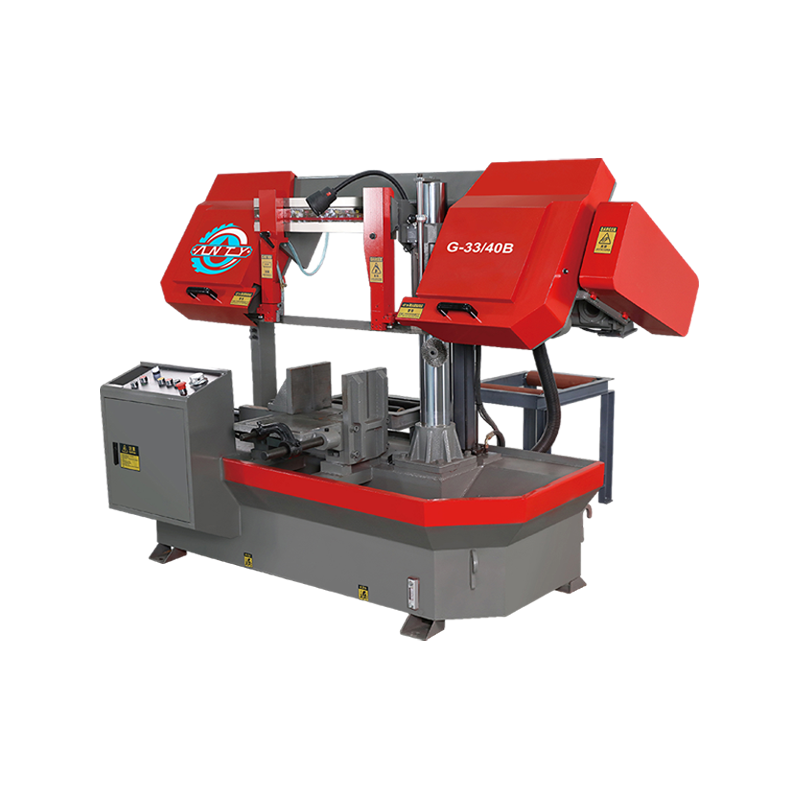
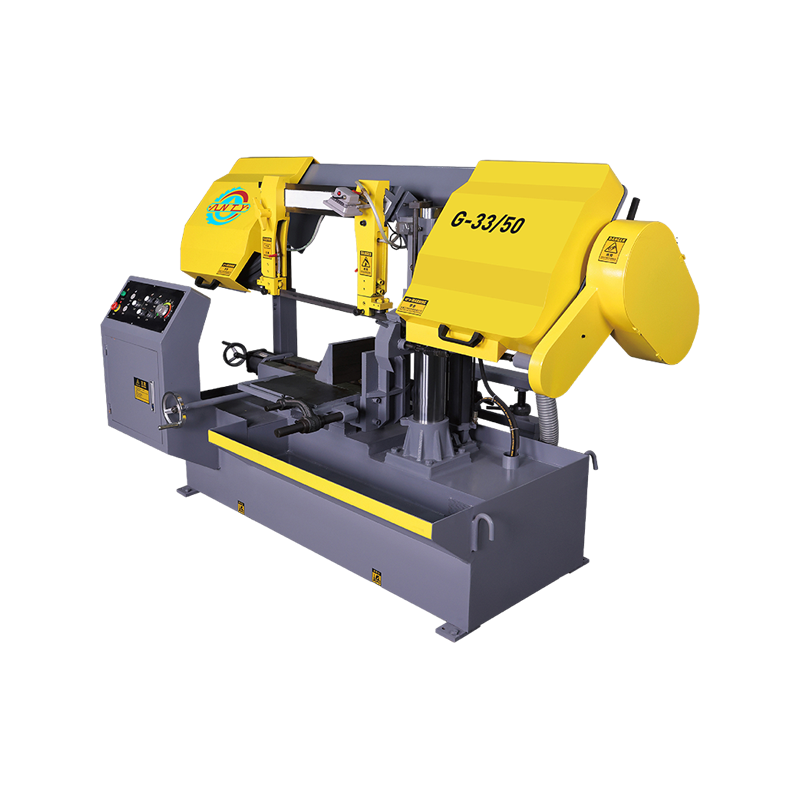
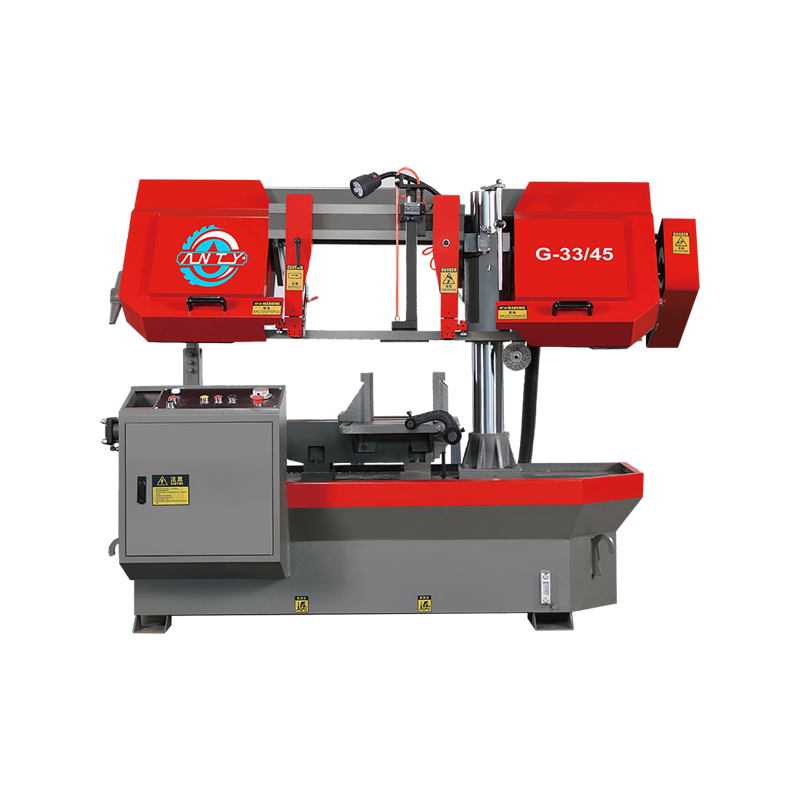
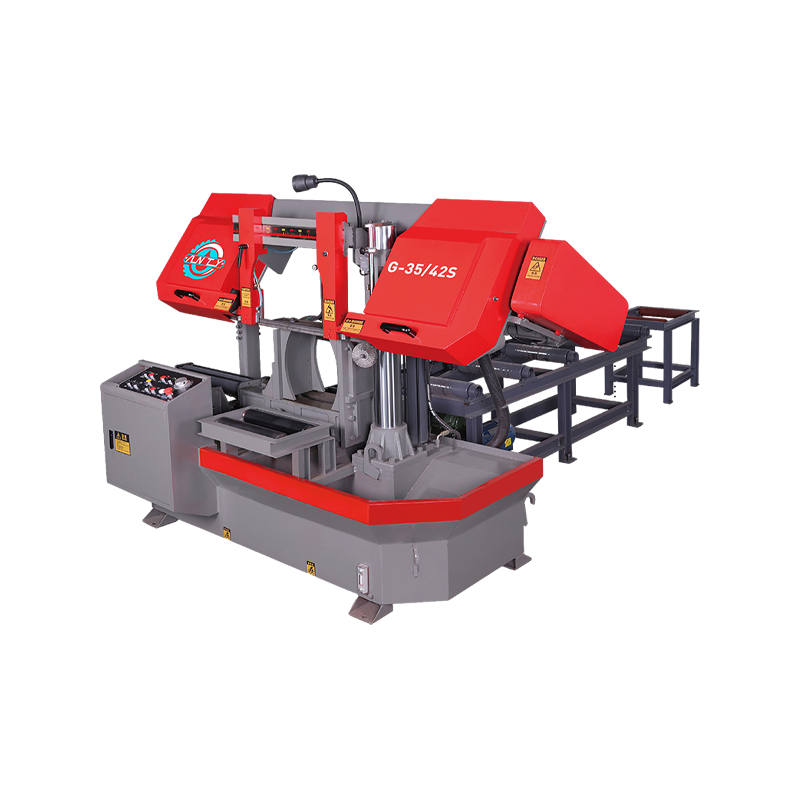
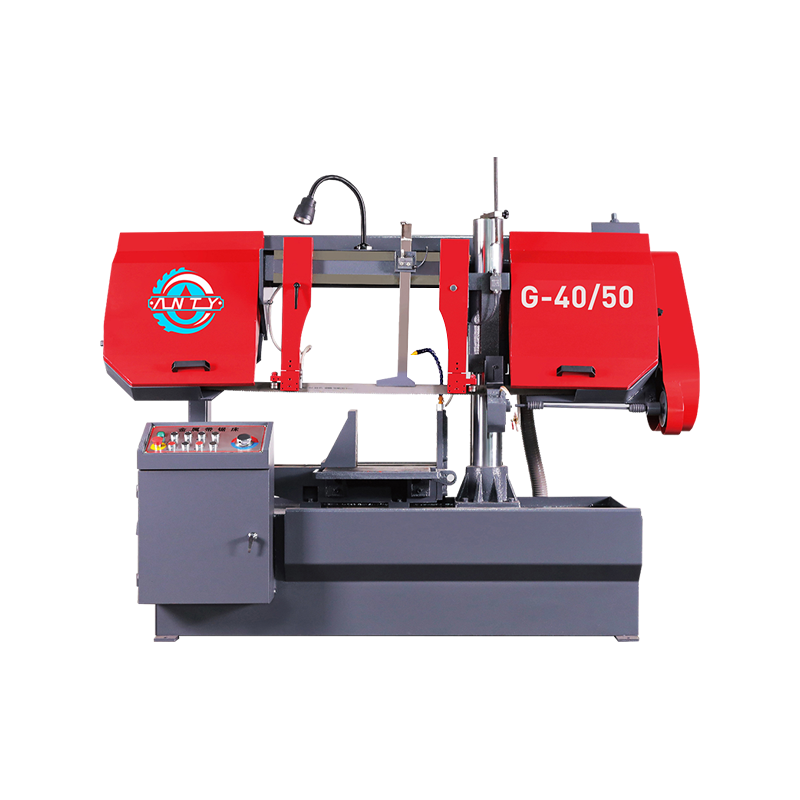
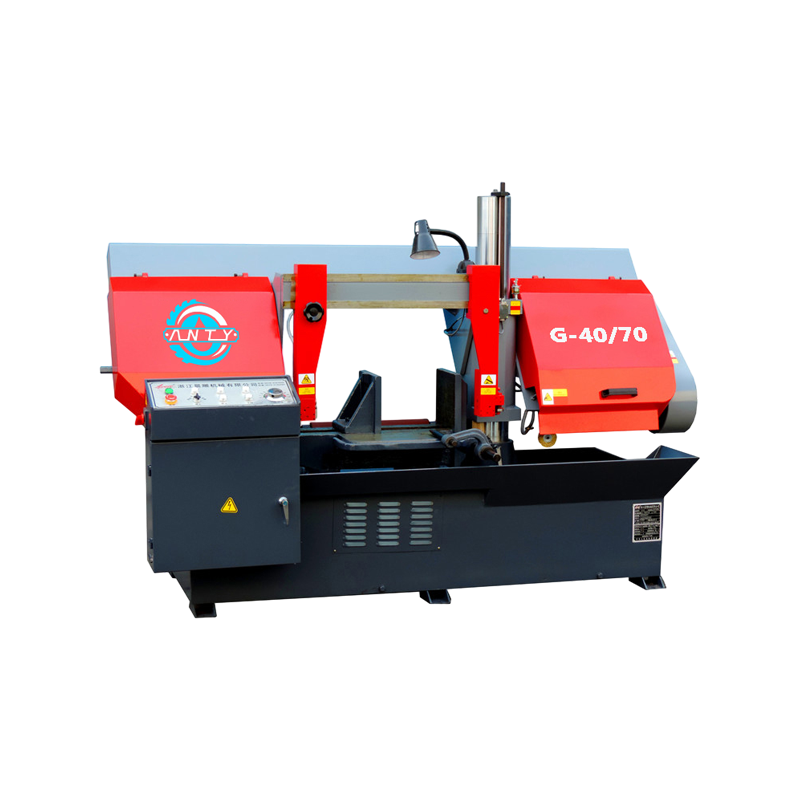
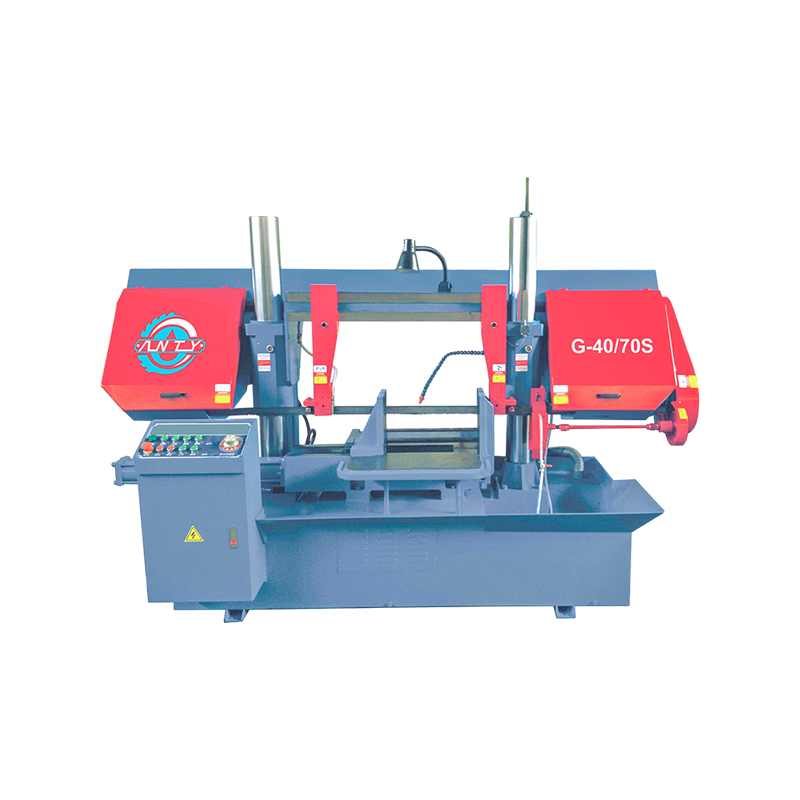

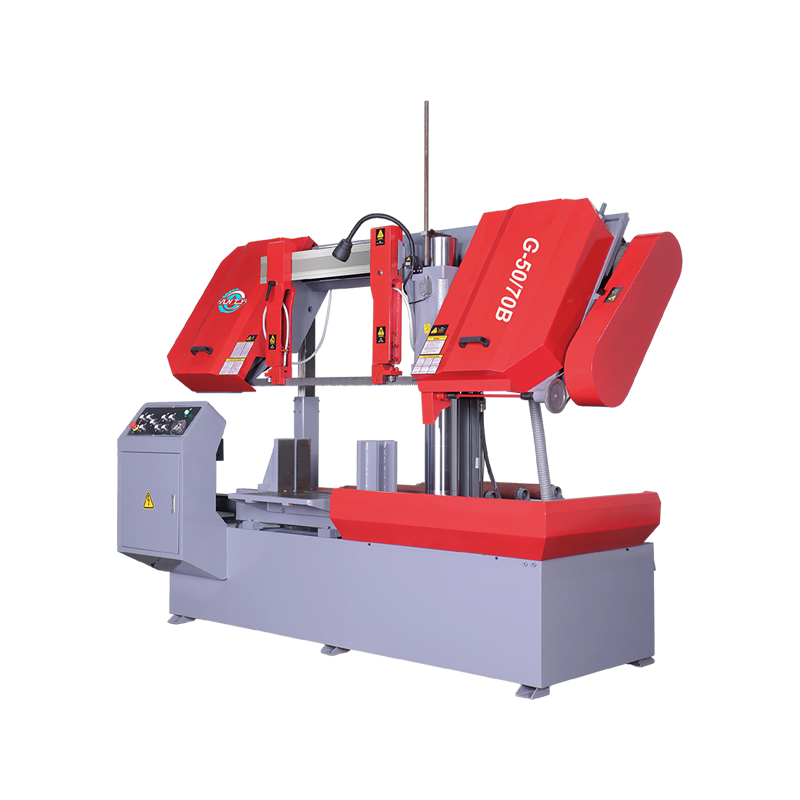
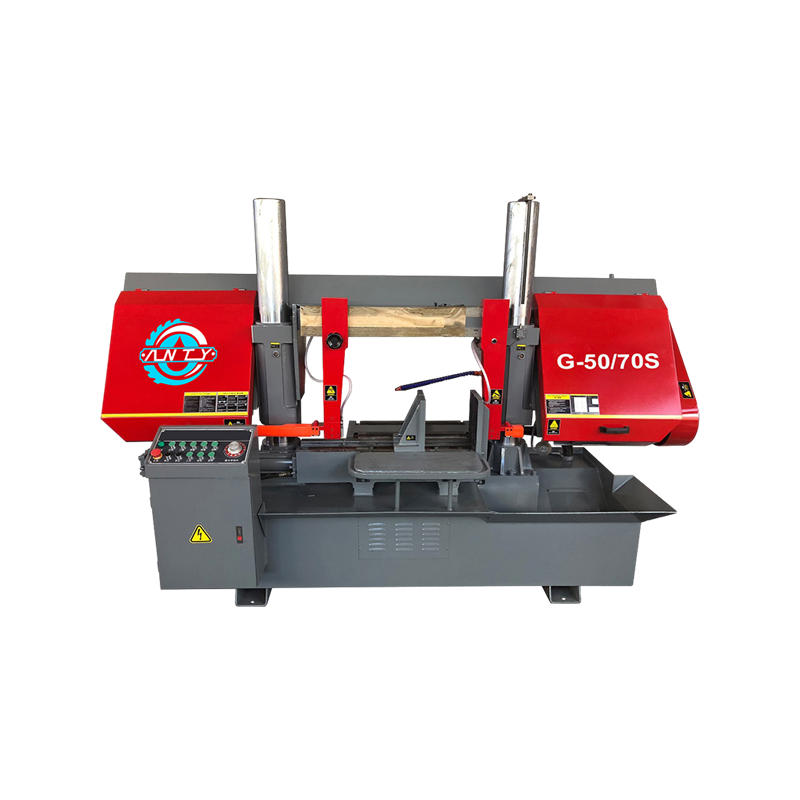
 CONTACT US
CONTACT US